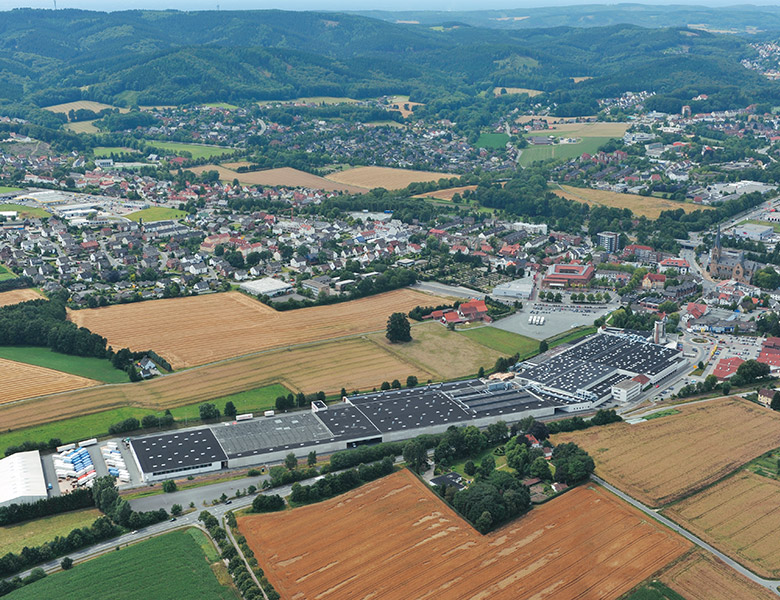Find Your Local Stockist
Our History of Furniture Manufacturing
History
How many companies can claim to have their roots in what was once a country inn?
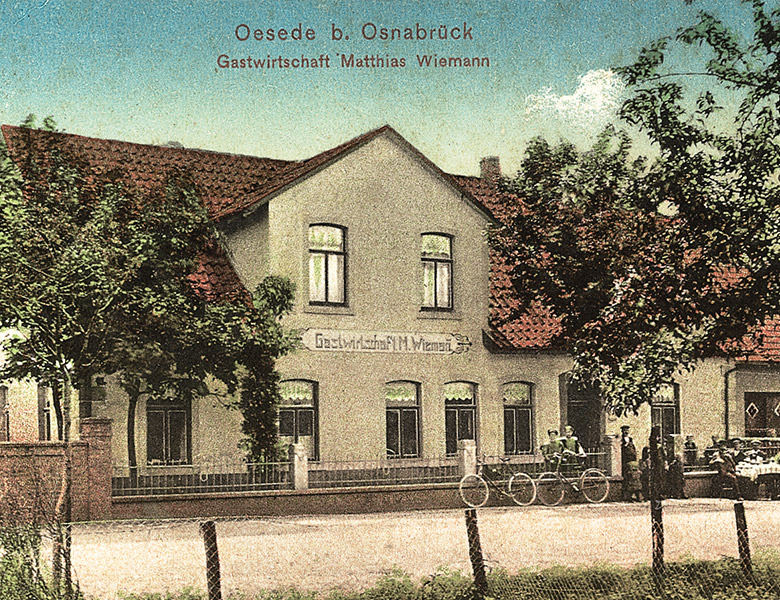
1900-1909
Wiemann began life in 1900, in a 15sq m basement of an inn in Oesede, where 23-year-old Mathias Wiemann set up shop as a carpenter/ furniture maker, having completed his own apprenticeship a few years earlier.
Over the next 10 years, Mathias took on his own first apprentice, expanded to a 65 sq m workshop and invested in his first machinery. He made bespoke furniture including chests and wardrobes and completed commissions such as pews for the local Catholic church. He also supplemented his income working as a farmer and innkeeper.
In 1902 his son Henrich Wilhelm, later to become company boss, was born.
1910-1919
During the First World War, Wiemann was directed to make reels for the Iburg wire rope industry along with ‘everyday’ necessities. Gradually the workforce expanded to 15 employees, and young Wilhelm Wiemann began his apprenticeship in 1917, aged 15.
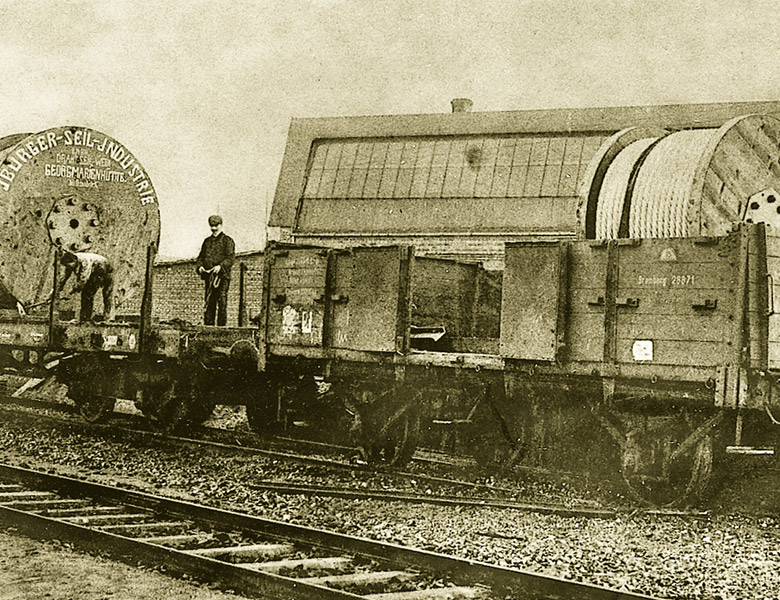
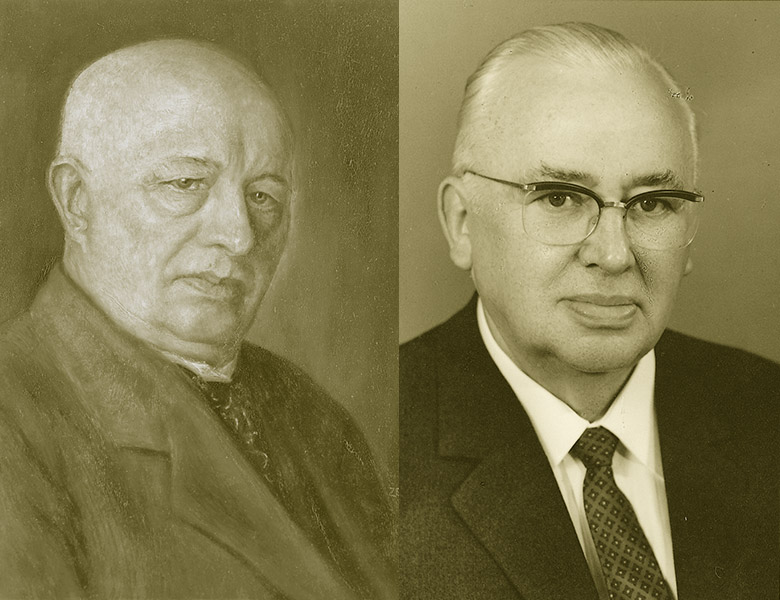
1920 – 1929
Wiemann survived the years of runaway inflation in 1922-3 and, as the economy recovered continued to produce high quality wood products. In 1927 the business is operating under the name Mathias Wiemann – Mechanical Construction and Furniture Company. Meanwhile Mathias’ farming interests are also expanding as he adds the 45 hectare Drop Farm to his property portfolio.
1930-1939
The years after the New York stock market crash were a struggle for survival, but instead of downsizing, Wiemann expanded its sales channels and gradually switched to batch production, specialising in modern bedroom furniture. In 1934 it became Oeseder Mobel-Industrie Mathias Wiemann and has remained so-named ever since.
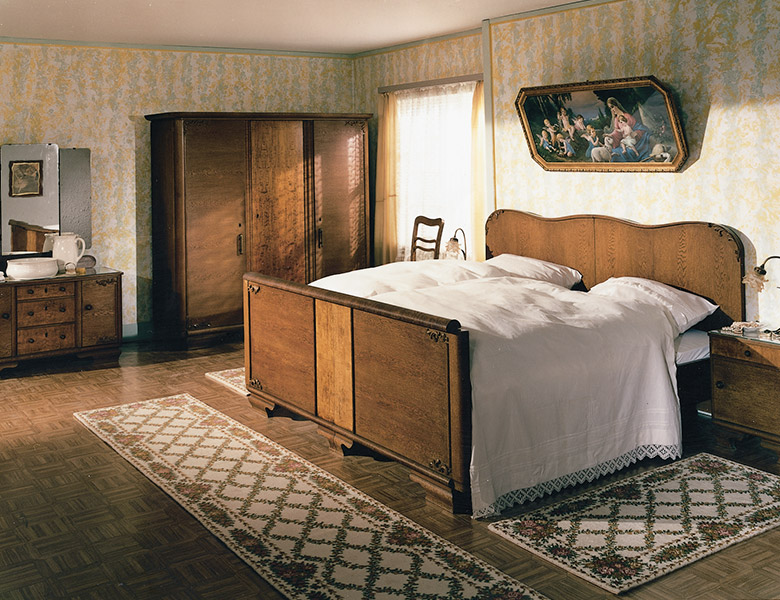
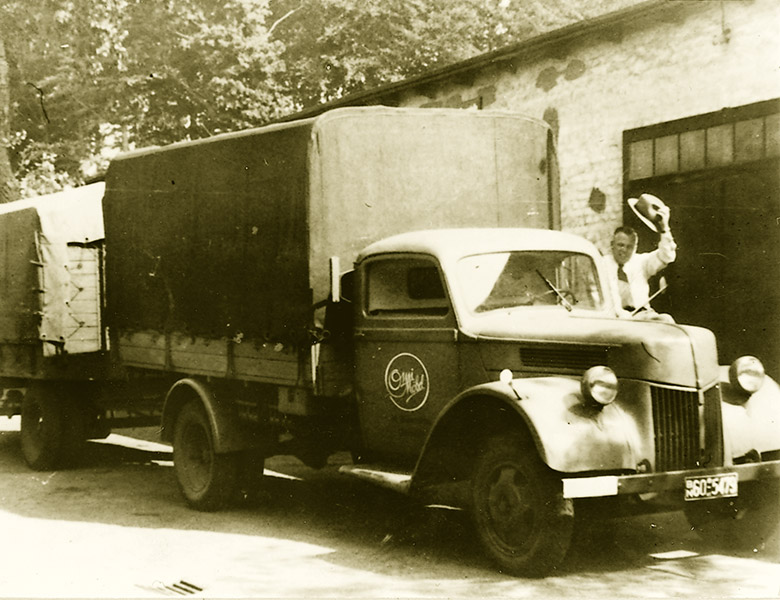
1940-1949
During WW2 , Wiemann was instructed to make barracks and became the first wood processing company to introduce the REFA system (the German time management/business processes system still in use today).
On 2nd April 1945, instructions came to blow up the factory to prevent it passing into ‘enemy hands’. Instead, Wilhelm Wiemann buried everything in the nearby forest! When the British arrived a few weeks later, Wiemann was ordered to continue to build barracks – but it also made a start on getting back to making some wood furniture for civilians too.
In 1946 and again 1947, the nearby River Düte flooded and destroyed most of the wood and veneer stocks as well as the production facilities.
On 24 March 1947, the company founder Mathias Wiemann died, leaving the business to his son Wilhelm.
By 1948, the company is employing 187 people and staff shortages lead Wilhelm to found a training workshop for 20-30 carpenters annually.
1950-1959
Rapid expansion took place in the early 1950s, all kinds of furniture being produced from a 24,000sq m site. At one point Wiemann had to close its order books for two months, going on double shifts and cancelling holidays to catch up with demand. But the introduction of the most modern manufacturing processes available eased the situation.
On 15th August 1954, the premises and stock are once again destroyed by flooding. In order to protect the business from future damage, Wilhelm Wiemann pushes for the founding of the Düte Water and Soil Association, to sort out the problem once and for all – the work takes almost 10 years.
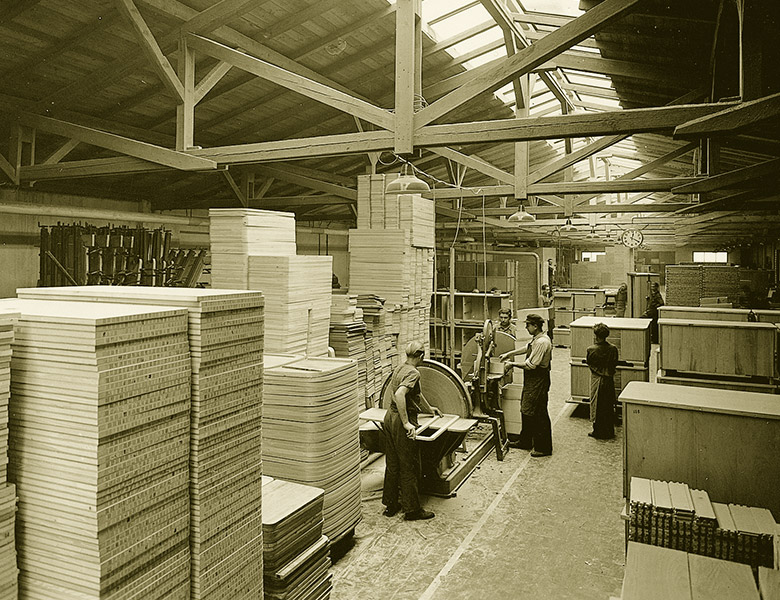
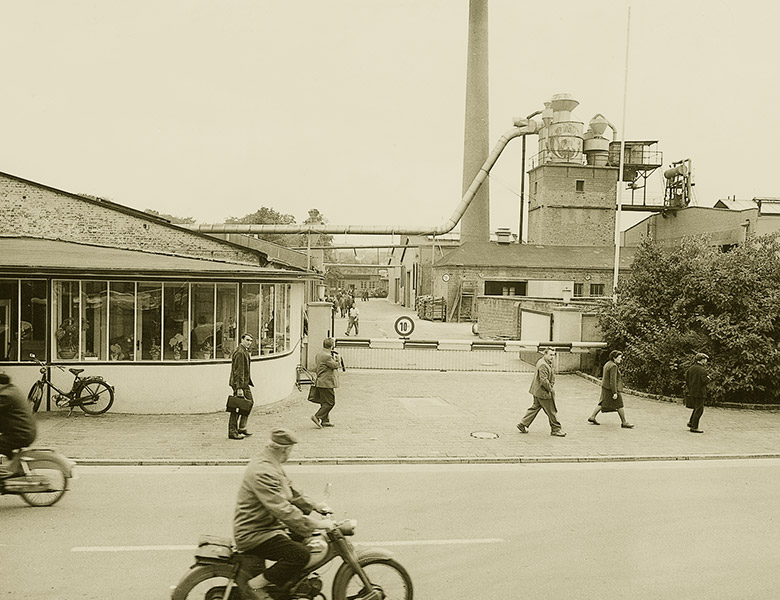
1960-1969
Over the decade, Wiemann invested more than five million DM, acquiring more land and building new units, expanding the premises to 32,000 sq m and employing an average of 550 employees – 200 of them skilled workers).
A chipboard factory was opened on the site in 1960, modern polyester painting systems are introduced and veneering, once a largely manual process, is transformed into a largescale industrialised process.
The 1960s is a time of overseas expansion, to the USA, Canada, South America, Asia, Arabia, South Africa and Cyprus.
In January 1966, Wilhelm’s son Mathias Andreas Wiemann joined the business as a partner with a 50% shareholding; and on 30th May 1968, Markus Wiemann – the current MD – is born.
1970 – 1979
The 1970s were a roller coaster of a decade. It started with planned expansion and a new factory built in Saarland, on the borders of France and Luxembourg, plus a new sales office opened in Paris, France. But by the end of the decade both of these have closed.
Meanwhile back in Oesede, in-house production of chipboard comes to an end and the space is used to accommodate growing production of bedroom furniture and living room wall units, as well as lockers for the German armed forces. Investment focuses on new warehousing and a distribution unit with 16 loading points and roller conveyors installed.
In 1979, aged 75, Wilhelm retired from management and handed over to Mathias Wiemann.
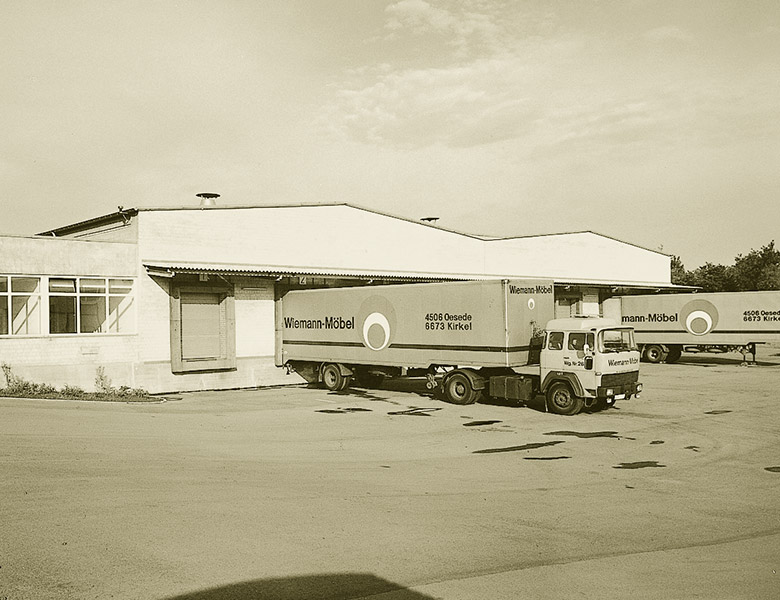
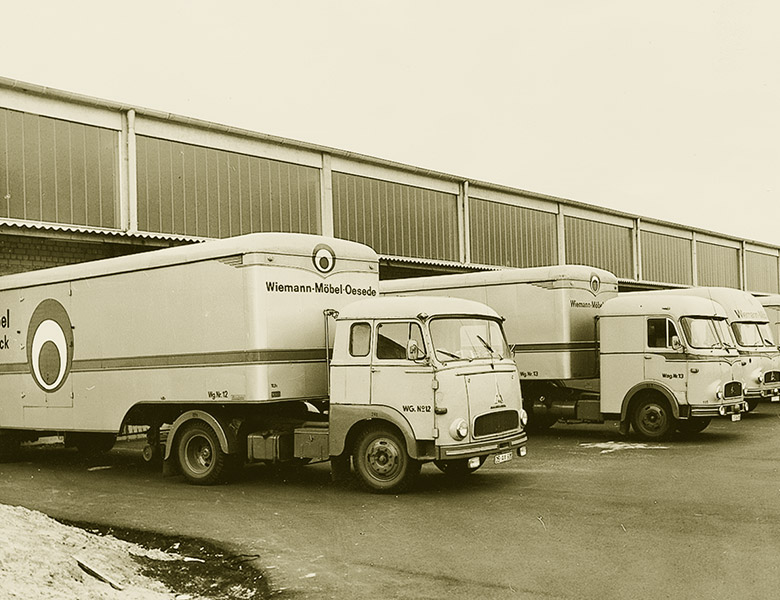
1980 – 1989
By the 1980s, Wiemann was one of the five largest bedroom factories in Germany. The decade saw production switched over to made to order; a new multi-story parts warehouse built and covered links between units created to ensure all-weather movement within the long, narrow site, which is boundaried by river one side and a railway line the other.
The old inn on the site where the business began back in 1900 is integrated into a new office block.
By the end of the decade distribution had been outsourced, it being more efficient not to have empty trucks returning to the factory.
On 28th March 1986, Wilhelm Wiemann died and in 1988 the business became a limited company.
1990-1999
The decade started dramatically with two arson attacks which caused extensive damage, expansion and renovation continued.
By the end of the decade, there were 28 units on the premises, covering an area of 48,000sq m. The company now focused its output on its core competency of wardrobes and bedroom furniture. ISO 90001 quality control procedures are introduced in 1995.
In 1994 Wiemann took over a wood processing factory in Poland, south of Warsaw producing glued wood. In the same year Markus Wiemann is made a partner in the business, initially studying business administration before becoming actively involved from 1999.
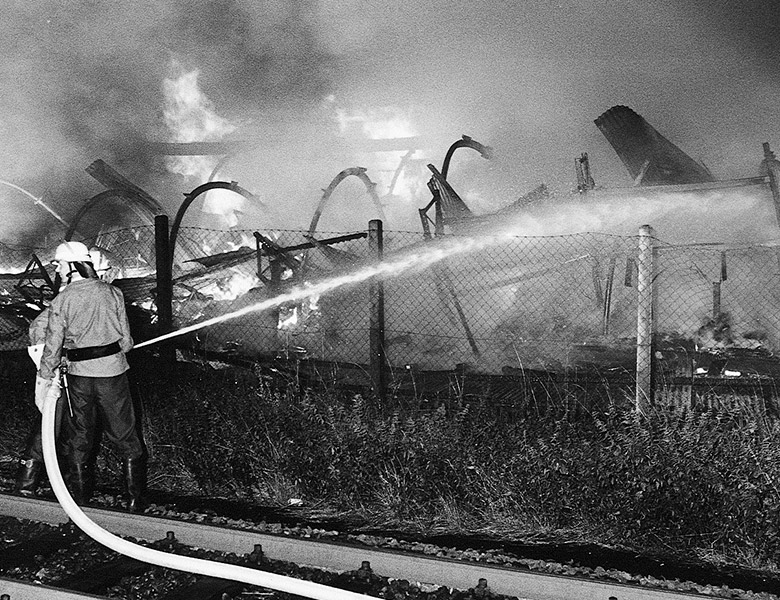

2000- 2010
The year 2000 saw the company celebrate its centenary in style and in 2005 Markus Wiemann takes over the business from his father Mathias Andreas.
It’s a decade of continued further investment and modernisation of production facilities, all the time focused on productivity, quality and, increasingly, sustainability.
In 2010 the river Düte once again overflowed, flooding large parts of the premises – but thanks to a concerted effort from the workforce plus neighbouring farmers and the fire brigade, operations are resumed after just four days.
In 2003, Litmus Furniture became the sole agent for Wiemann in the UK and Ireland and started to build up the company’s business here. Today it is Wiemann’s largest export market.
2024
Today, Wiemann is still one of Germany’s top bedroom furniture manufacturers, producing 400-500 bedroom every day which are transported across Europe and beyond. What started nearly 125 years ago as a 16sq m workshop in the basement of an inn now covers a site of 98,000 sq m, with 48,000 s m of production, storage and administrative units.
